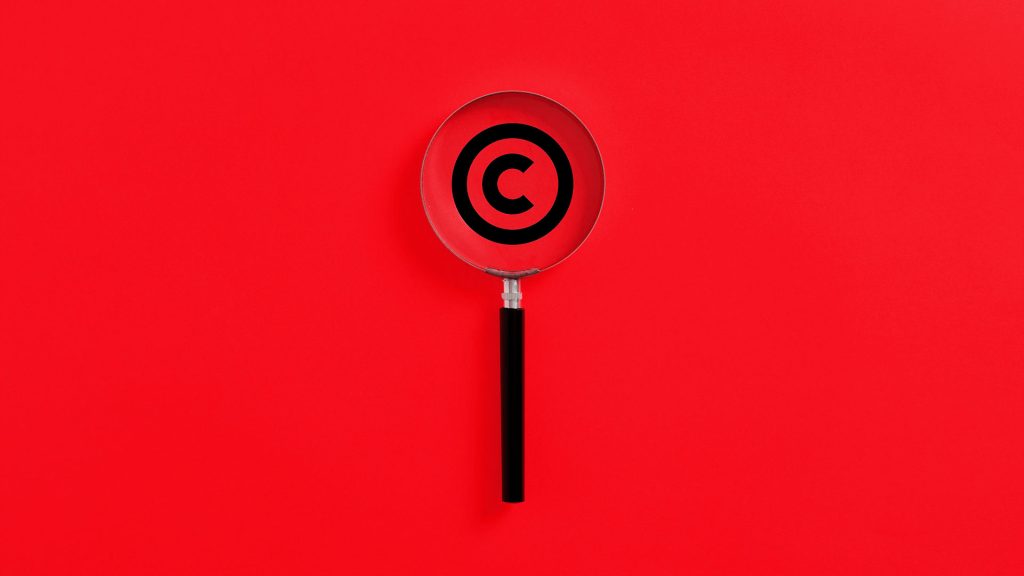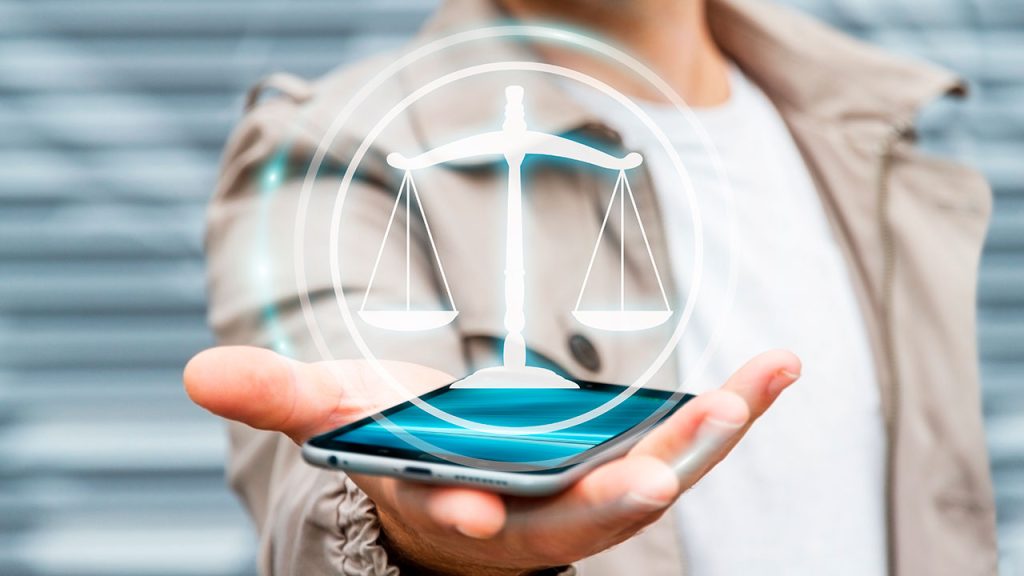
Differences between intellectual property and copyright
If you are a creator you have probably heard the terms intellectual property and copyright on more than one occasion, but how do they differ? That is what we are going to clarify in today’s article.
Both concepts are used interchangeably in certain contexts, generating confusion. Although they are related terms, they cannot be used as synonyms. So that this does not happen to you, read on!
What is intellectual property?
Intellectual property is the rights that correspond to the authors of a work and its owners, if any. And it is associated with any creation produced by the human mind, such as artistic, literary and scholarly works, inventions, symbols, computer programs, trademarks and commercial signs.
The purpose of intellectual property is to help creators protect their works by being able to control the use and conditions of their works. To this end, there are two types of intellectual property: copyright and industrial property.

What are copyrights?
The laws of practically all countries recognize that an author has a series of rights over the creation of his or her works. In continental Europe, copyrights are included in each local Intellectual Property Law, with the aim of protecting original literary, artistic or scientific creations. Therefore, copyright is a type of intellectual property right.
There are two types of copyright: moral rights and economic rights. On the one hand, moral rights are unwaivable and inalienable, so they cannot be assigned. They are, for example, the right of disclosure, paternity, or modification, to name a few. On the other hand, economic rights are intended to regulate the economic exploitation of the work. Unlike moral rights, these can be transferred to third parties, with or without consideration, by signing a contract for the assignment of rights.

There is also the possibility that an author allows, to the generality of people who access one or more of his works, the use of it if he registers his creations under one of the Creative Commons licenses. In this case, the work could be used freely, always respecting the conditions that the author has detailed according to the type of license chosen.
In this other article, we explain the different Creative Commons licenses that exist.
Main differences between copyright and intellectual property rights
Both intellectual property and copyright aim to protect the creative work of creators. However, there are 5 differences to keep in mind:
1. The right
One of the main differences is that copyright is a type of right within intellectual property and covers literary, artistic or scientific creations.
2. The protection
Copyright does not protect the idea, processes or methods, only the material creation. For example, they protect a literary or artistic work, but not the idea from which it is developed.
3. Registration
Copyrighted works are protected from the moment of their creation, without the need for registration. Although it is always advisable to do so in order to have a dated proof of authorship. Industrial property rights, on the other hand, must be registered with the competent authority.
In the case of derivative works, i.e., the same or a different author has modified or transformed a pre-existing original work, it is also advisable to register it. The same rule is followed as in copyrights, where the creator, by the mere fact of creating the work, is entitled to the moral and economic rights of the same. However, it is very convenient to record this by registering the new work.

4. The term of protection
The protection of copyrighted works extends from 50 until 100 years after the death of the creator depending on the legislation and specific local rules. To know when a work is in the public domain there are different types of public domain calculators. After this lapse time, the work returns to the public domain.
Intellectual property rights for companies range from the 10 of trademarks to 20 for patents, but trademarks, for instance, could be renewed indefinitely.
5. Legislation
Finally, it is important to bear in mind that each country has its own laws, so it is necessary to consult the regulations in each geographical area. For example, in this case, Anglo-Saxon law is different from European continental law; for instance, moral rights are not protected.
